Springtime Vegan Frittata
As much as I love my morning bowl of oatmeal, it feels good to have something different for breakfast every now and then. Lately, I’ve been trying different breakfast foods – from salads, to socca, and steamed vegetables with panfried tofu – and while I enjoyed them all, the recipe I’m sharing with today is one of my favourite experiments.
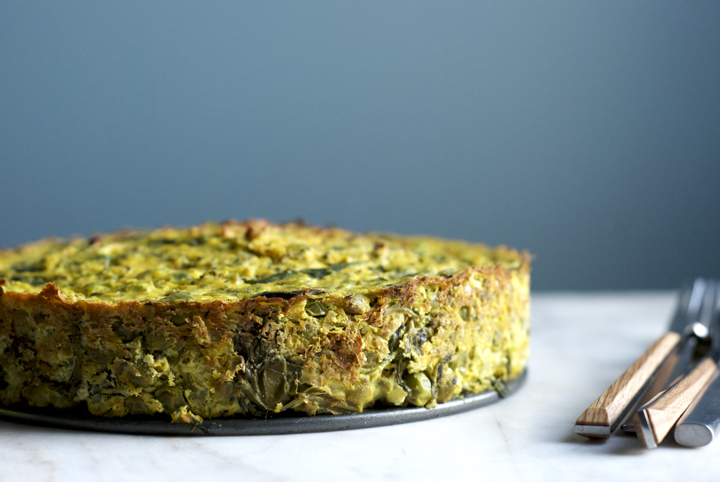
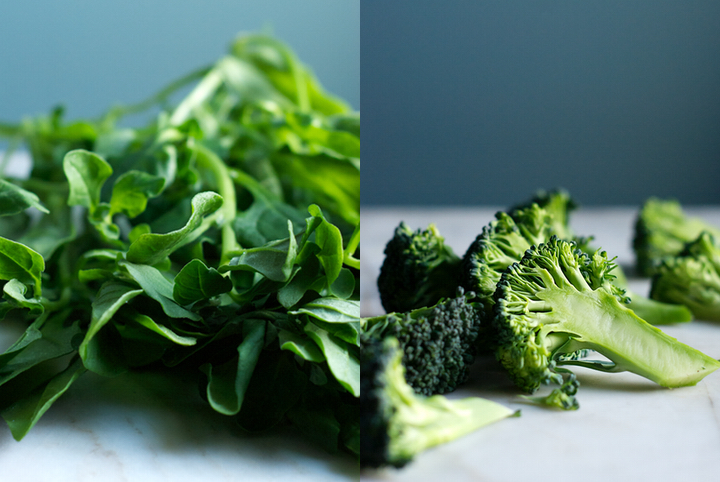 Before I committed to making my version of a vegan frittata, I’ve searched the web for inspiration. Most of the recipes I saw called for the use of cornstarch or arrowroot to thicken the tofu “custard” and make it firmer. I have nothing against those ingredients, but since I had neither of them at home by the time I was making the frittata, I made it without them and it turned out just fine. However, if you want to be able to cut a perfect slice out of it you have to be patient and wait at least half an hour after it comes out of the oven.
Before I committed to making my version of a vegan frittata, I’ve searched the web for inspiration. Most of the recipes I saw called for the use of cornstarch or arrowroot to thicken the tofu “custard” and make it firmer. I have nothing against those ingredients, but since I had neither of them at home by the time I was making the frittata, I made it without them and it turned out just fine. However, if you want to be able to cut a perfect slice out of it you have to be patient and wait at least half an hour after it comes out of the oven.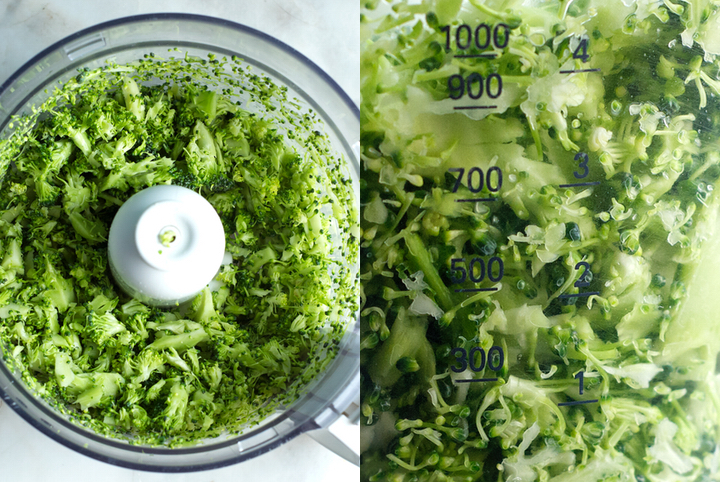
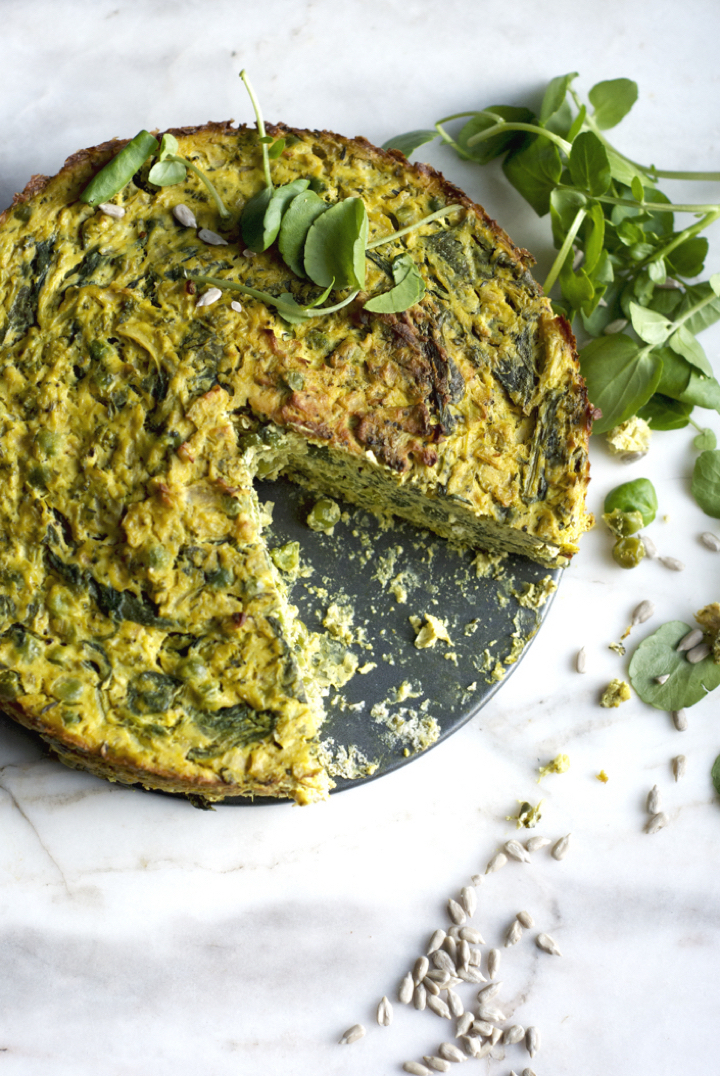
The frittata also becomes firmer the longer it stays in the fridge, and I might say I actually like it better the day after it’s baked – it’s incredible how the flavours improve and become more pronounced overnight. You don’t really need to use the vegetables I used here, and I’m sure that red peppers and/or leeks would be great additions or substitutions.
Springtime Vegan Frittata
serves 6 to 8
Ingredients
250 g / 1 large onion, finely cubed
4 garlic cloves, minced
2 Tablespoons olive oil
1 teaspoon dried thyme
2 teaspoons sea salt, divided
690 g fresh firm tofu, cubed
1 teaspoon ground turmeric
2 Tablespoons brewer’s yeast (optional)
grated zest of one lemon
220 g / 1 small broccoli head, cut into medium sized florets
295 g / 1 large bunch spinach
240 g boiled peas (frozen is fine)
freshly ground black pepper to taste
Pre-heat the oven to 180C. Grease a springform pan with oil and set aside.
In a large skillet over medium-high heat, add the onion, garlic, olive oil and dried thyme. Cook, stirring often, for 5-8 minutes, or until the onion has softened and browned just a bit.
Add the broccoli florets to the bowl of a food processor and pulse 3 to 4 times, or until the florets are just broken down (you don’t want to fully blitz the broccoli).
Add the broccoli to the skillet with the onion and garlic mixture and cook for 3 minutes, stirring often. Next, add the spinach and 1 teaspoon of salt and cook until the spinach is wilted – no longer than 2 minutes.
Add the tofu to the bowl of the food processor, along with 1 teaspoon of salt, the turmeric, brewer’s yeast (if using) and lemon zest, and blitz until smooth.
Add the spinach and broccoli mixture to a large bowl, followed by the puréed tofu and the cooked peas. Gently mix the ingredients until everything is well incorporated. Season with freshly ground black pepper and an extra pinch of salt, if necessary.
Add the frittata mixture to the prepared springform pan. Smooth the top with the back of a spoon and bake in the oven for 40-45 minutes or until golden brown. Let it cool in the pan before unmolding and serving.
Pea, Apple and Ginger Soup
When I was a kid, sundays were the days I used to dislike. I didn’t really adapt well to the kindergarten, and in the late afternoon of every sunday, I’d feel quite sad about the fact that Monday morning I had to go there. As a child, I was indeed a pretty unsocial human being: I didn’t speak much, and I’d most likely run away when other children would come to talk/play with me – fortunately, I’d overcome this extreme shyness as I was growing up, even though some of it has remained throughtout the years and I’m afraid to assume it still remains as part of my adult personality.
It might sound weird, but I do think my photographic obsession with still lifes has a lot to do with my childhood and those distressed sunday afternoons. Still lifes are always melancholic, quiet, and perhaps also a bit enigmatic. On the same hand, their classical concept involves the presence of food and some other elements (such as sheets of paper, hardcover books, feather pens, and so on) that, when combined together, almost always make for bucolic, serene scenes.
It’s also surprising that usually, in still lifes, food and writing tools are placed together. It’s as if the first couldn’t live with the latter. Food isn’t dissociated from writing, and that’s also the reason why I find, in the still life, the basis of food writing.
So today is Sunday, seven o’clock in this part of the world – unlike some years ago, there’s no drama involved as I don’t have to go to school tomorrow. My afternoon, as many of my sunday afternoons, was spent in the kitchen, making a big pot of pea soup and a couple other things to be enjoyed throughout the week. It’s not a traditional pea soup the one I’ve prepared today: sweet apples were used as well as a good amount of freshly grated ginger. The end result: you have sweetness from the peas and apples, freshness from a couple leaves of mint, and a light heat from the ginger. Both flavor and texture are well balanced – almost as every still life composition seems to so effortlessly be - contributing for a subtle, yet tasty, outcome.
Pea, Apple and Ginger Soup
(makes 4 servings)
1 large onion (180 grams), finely cut
2 tablespoons olive oil
¼ cup freshly grated ginger
2 medium-sized sweet apples, such as Starking and/or Red Delicious, peeled, cored, and cubed (about 230 grams)
400 grams frozen peas
1 teaspoon fleur de sel
4 cups (1 liter) light stock
1 small handful (10 grams) fresh mint, finely chopped, plus a few leaves, for garnishing
100 ml oat cream (optional)
1. In a large pot over medium heat, heat 2 tablespoons of olive oil. Add the onion and cook for 2 to 3 minutes, or until it starts to soften. Add the ginger, fleur de sel and apples and cook for additional 2 minutes.
2. Add the stock and bring to a boil. Once boiling, add the peas and let the mixture boil for 2 to 3 minutes, after which you should reduce the heat and let the soup simmer for 10 minutes, or until the peas and apples are cooked.
3. Remove the pot from the stove. Transfer the soup to a food processor (you can also use an hand blender) and process for 2 minutes or until the soup is creamy and totally smooth. Serve immediately, garnished with a few mint leaves and a couple tablespoons of oat cream, if desired.
Recipe remotely inspired by The Millenium Cookbook
Note: The still life pictures shown here were taken by me and are part of personal projects.
Upside-down Pear Cake
When I first started this blog I promised myself I’d be posting a recipe at least once a week. Back then, I was so excited about this whole blogging thing that I found myselft posting two, three, recipes a week. But school work has been leaving me with very little time to cook these days, and that’s the main reason why I can’t keep with my former promise all the time. Anyway, today, after an almost 12 hour sleep (yes, that’s possible), I cured my tiredness from the very busy week I had, and sit in front of the computer after lunch - this time, not to work on the projects I have on hand, but to write you the recipe for a delicious upside-down pear cake.
As I’ve told you in the previous post, I’ve been working with gluten-free flours recently and the results couldn’t be better. So, this cake not only is gluten-free but delicious on its own. Chickpea flour is here used in place of eggs and the pairing of buckwheat with fall fruits such as pears, seems to work extremely well. As we’re approaching Christmas, and I’m experimenting with a couple ingredients typicall for this time of the year, it’s more likely that the following recipes will be desserts, cakes, and hearty savory dishes - we’ll then have plenty of time in January to get back on track. ; )
Upside down Pear Cake
(one 23 cm cake, 6 to 8 slices)
for the fruit layer:
3 medium-sized pears, ripe but firm, cored and sliced
3 tablespoons muscavado sugar
3 tablespoons vegan margarine
a pinch of cinnamoon
for the cake layer:
140 grams (1 cup) buckwheat flour
130 grams (1 cup) white rice flour
1 teaspoon powdered ginger
1 teaspoon ground cinnamon
¼ teaspoon salt
2 teaspoons baking powder
5 tablespoons melted vegan margarine
100 grams unsweetened soy youghurt
45 grams gram flour
60 ml (¼ cup) plus 3 tablespoons water
160 ml (2/3 cups) soy milk
120 grams muscavado sugar
80 ml (1/3 cup) agave nectar
1. Pre-heat the oven to 180ºC. Oil a 23 cm round baking pan.
2. Heat a large skilllet over medium heat. Add 3 tablespoons of vegan margarine, pears, sugar, and cinnamon, and cook, covered, for 5 to 10 minutes, or until the pears are tender and slightly caramelized. Let the cooked pears cool to room temperature. Transfer the pears and their syrup to the prepared pan, spreading evenly.
3. In a large bowl, combine the buckwheat and white rice flours, powdered ginger, ground cinnamon, salt and baking powder.
4. In another large bowl, whisk the melted vegan margarine and sugar. Add the yoghurt, soy milk, and agave nectar to the mixture, stirring to combine.
5. In a medium-sized bowl, add the gram flour and water, whisking everything until you get a smooth consistency. Slowly pour this mixture over the wet mixture and combine well.
6. Using a rubber spatula, fold the wet mixture into the dry mixture, being careful not to overmix.
7. Pour the batter into the prepared pan – over the pears - and bake for 40 to 45 minutes, or until a toothpick inserted in the center of the cake comes out clean.
8. Cool the cake in the pan for 20 minutes before inverting onto a large plate.
Spicy Tofu with Peas and Mint
My week has been really busy, and all I’ve been eating lately is kind of boring and predictable stuff (basically, lots of sandwiches and soup). So today, I finally gave myself some time to go into the kitchen and prepare a proper lunch. That lunch – for which the recipe follows – relies on a favorite combination of mine: peas and mint. As far as the preparation time goes, this is the kind of dish that will only take you a couple minutes to make, but even so, you can certainly prepare the tofu and rub the spices onto it and left the whole thing in the refrigerator until you start cooking.
Typically, I’d serve this along with some raita (with all natural, unsweetened, soy yogurt, grated cucumber, and good pinch of salt), but today, after an hour running, I was craving a more satisfying meal and made, instead, some buckwheat pancakes to go with it. I often like my tofu the simple (and easy) way - coated in a little olive oil, sprinkled with sea salt, and therefore grilled until golden brown - but rubbing a spice mix into it before grilling/frying, might be a new favorite method. Actually, as I type this, I can’t help myself but thinking on variations to the mixture of spices suggested below: feel free to add curry powder for a more indian scented flavor, or even going a completely different way, by substiting the cumin, ginger, paprika and turmeric, for dried herbs such as rosemary, thyme and oregano.
Spicy tofu with peas and mint
(serves 4)
400 grams extra firm tofu, rinsed, pat dry, and cubbed
450 grams frozen peas
1 teaspoon powdered garlic
2 teaspoons ground cumin
¼ teaspoon black pepper
1 teaspoon ground powdered ginger
½ teaspoon turmeric
1 tablespoon paprika
2 ½ tablespoons lemon juice
1 ½ tablespoons tamari
a few fresh mint leaves, finely chopped
2 tablespoons olive oil
1. Combine the garlic, cumin, black pepper, ginger, turmeric and paprika in a large bowl. Add the lemon juice and tamari and mix well.
2. Rub the spice mixture into the tofu cubes, making sure they’re all well coated. Set aside.
3. Bring enough salted water to a boil, add the peas, and cook for 3 to 4 minutes. Drain the peas, wash them under cold running water and drain again.
4. In a large frying pan over medium-high heat, add the olive oil. Once hot, but not smoking, add the tofu cubes and fry for 6 to 8 minutes, or until golden brown.
5. Transfer the peas and tofu to a large serving plate, and garnish with fresh mint. Serve immediately.
recipe inspired by Rose Elliot’s The Vegetarian Supercook, published by octopus Publishing Group in 2006
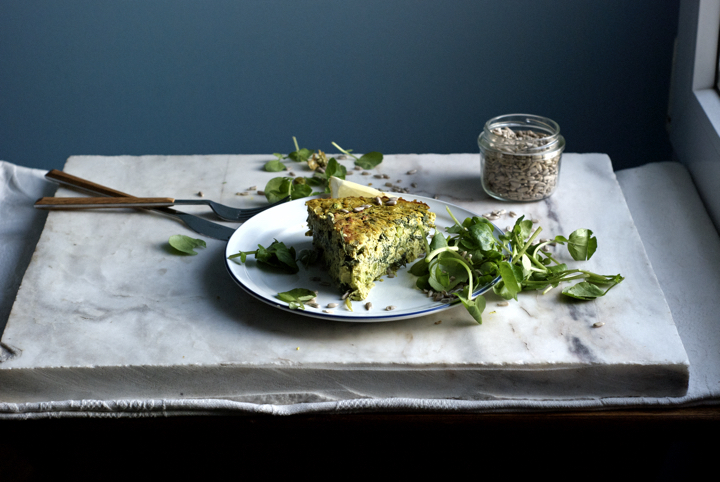
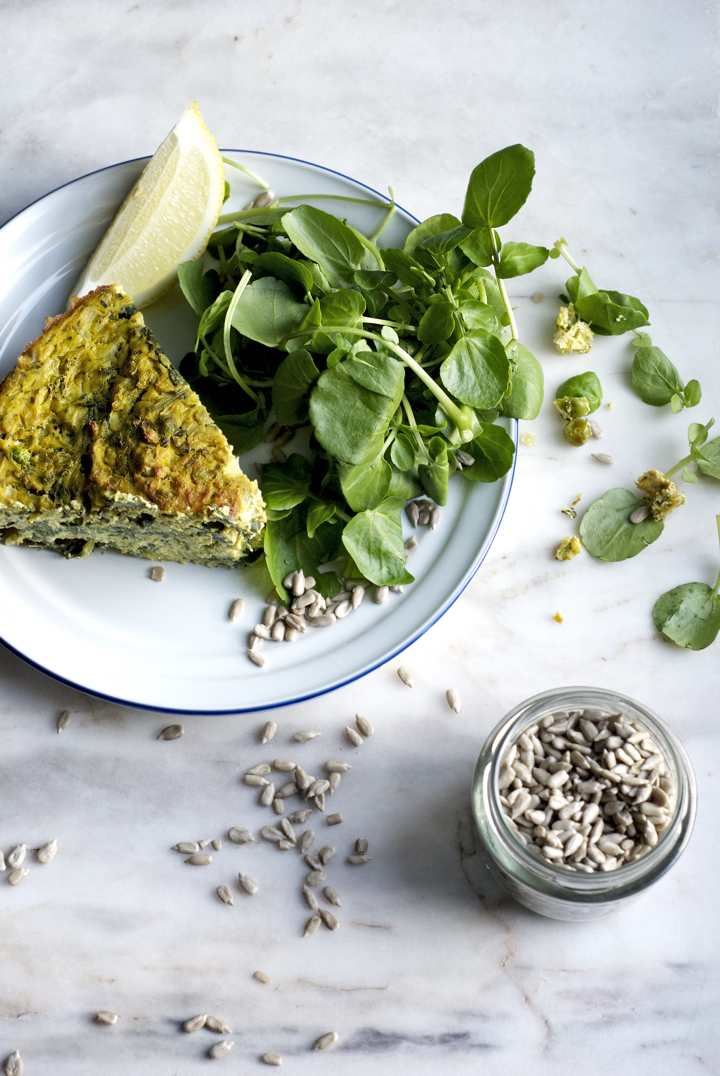
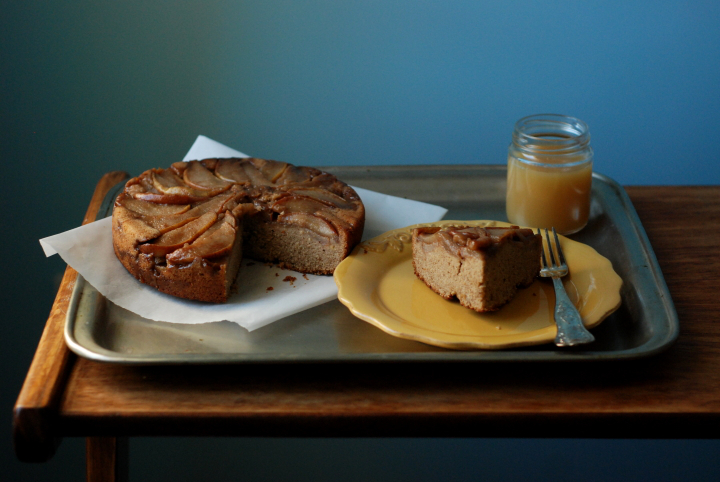
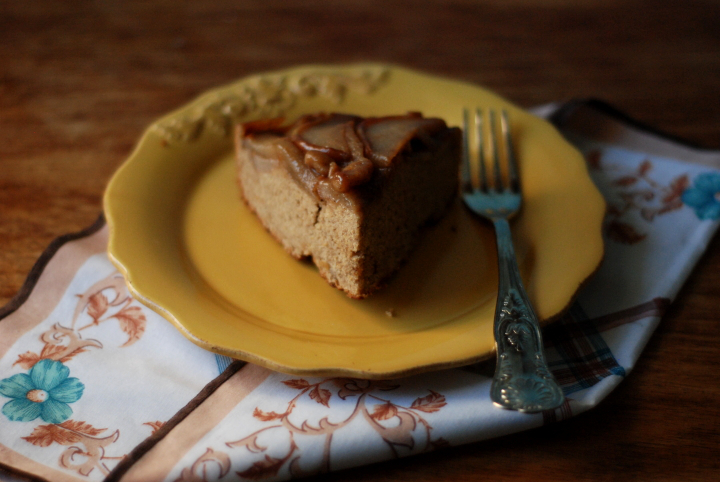
6 comments